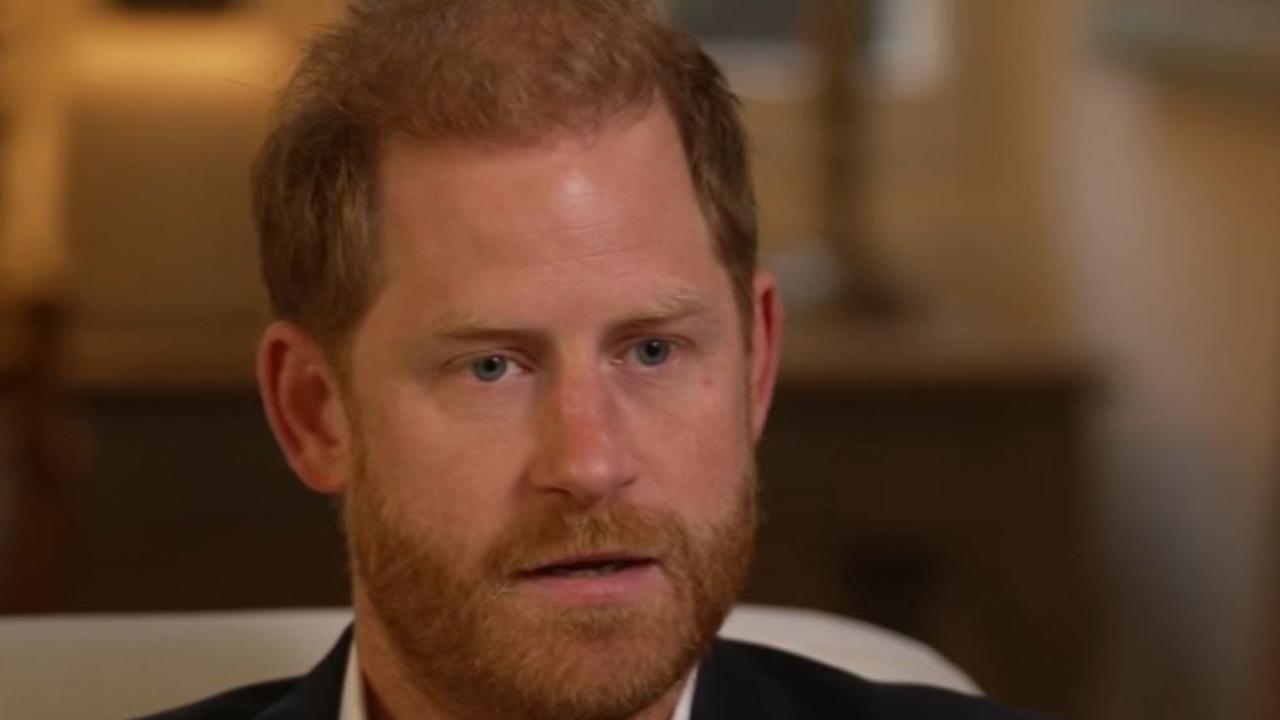New Orleans terror attack: The moment America’s luck ran out
There is still much we don’t know about why a soldier who defended the United States abroad became a suspected terrorist who turned on his homeland in a deadly rampage.
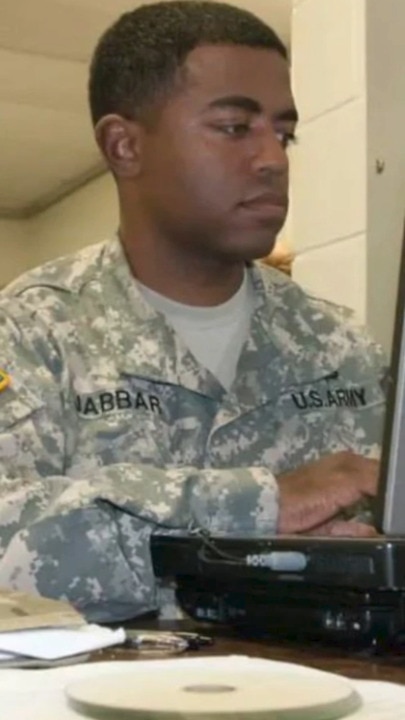
United States
Don't miss out on the headlines from United States. Followed categories will be added to My News.
The New Year’s revellers who leapt out of the way of a Ford ute driven by a crazed terrorist could scarcely believe what happened.
It was like a horror movie, many of them said, their incredulity only punctured by the reality that their friends were those maimed and murdered.
For those responsible for preventing what happened in New Orleans, however, this was a film they had seen before. And despite their efforts, they had been bracing for a sequel.
There is still much we do not know about why and how Shamsud Din Jabbar transformed from a soldier who defended the United States abroad to a terrorist who attacked his home.
What is clear is that the 42-year-old’s deadly rampage at 3.15am on January 1 was not just the moment America’s luck ran out. It was the culmination of what could at best be called complacency – and at worst sheer incompetence – in the face of ever-increasing threats.
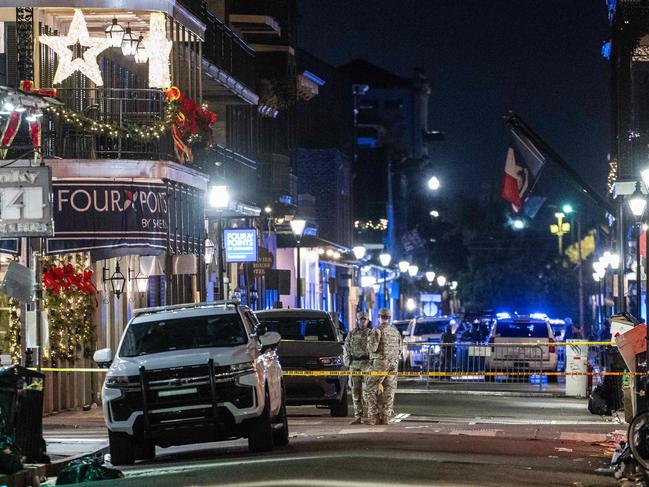
A year before Jabbar rented a vehicle, filled it with explosives and weapons, and tied an Islamic State flag to the back, FBI director Christopher Wray issued a stark warning to senators in a Washington DC committee room: “I see blinking lights everywhere I turn.”
It was an explicit echo of what CIA director George Tenet said in the middle of 2001 – “the system was blinking red” – before the September 11 disaster he long feared was coming.
“I’ve never seen a time where all the threats or so many of the threats are all elevated, all at exactly the same time,” Mr Wray said.
He worried about violence fuelled by the war in Gaza, China, Iran and Russia’s subtle and sometimes savage plots to interfere in the US, criminals slipping through America’s porous borders and, yes, the long shadow of Islamic extremism.
But his words were not always matched by actions, as Jabbar so gruesomely exposed.
On December 6, the FBI sent an intelligence bulletin to state police forces warning lone offenders could target public events using “simple tactics such as edged weapons, firearms, or vehicle ramming, due to their ease of access, ability to inflict mass casualties, and lack of required training”.
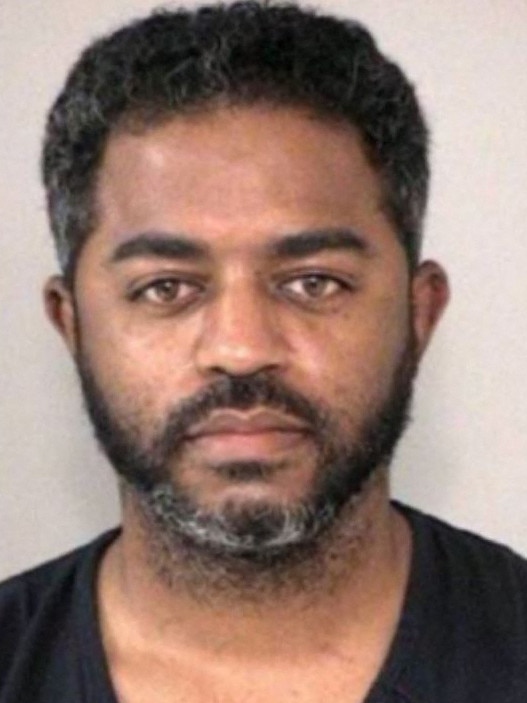
This had been proven in Nice and New York, Melbourne and Magdeburg.
In New Orleans, however, a decade-long plan to bolster the bollards around Bourbon St remained unfinished. Officials were aiming to have the system ready for next month’s Super Bowl, even though the area is regularly filled with revellers.
Into that breach drove Jabbar.
It is an open question whether his radicalisation will mark a re-emergence of ISIS in the West, after a largely successful effort over several years to curb the death cult’s reign of terror.
In the hours after Jabbar’s attack, in which 14 people were killed and dozens more wounded, the initial strands of evidence suggested it was part of an even more terrifying plot.
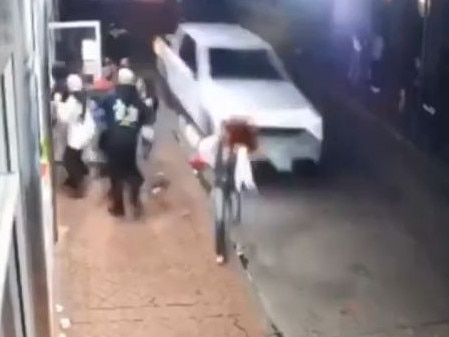
Tour guide Brian O’Brien, who lives near Bourbon St, woke on New Year’s Day to find a police officer inspecting an Esky outside his house filled with pipes and nails. He told The New York Times the bomb squad arrived to detonate the device – one of several in the area.
“We do not believe Jabbar was solely responsible,” FBI assistant special agent in charge Alethea Duncan initially said, although she refused to provide further details.
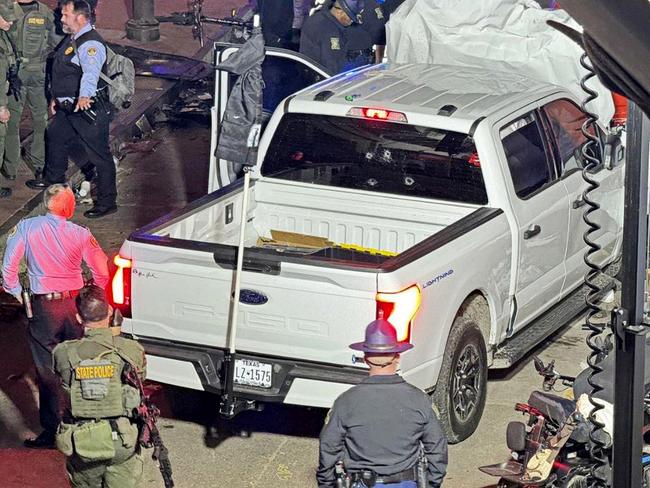
As she spoke, agents were hunting for four people caught on CCTV by one of the explosive devices. They were later cleared, however, as the FBI confirmed they were innocently looking for drinks in one of two eskies rigged to explode that Jabbar himself propositioned.
The investigation was simultaneously rocked by another shocking incident in Las Vegas, where a Tesla Cybertruck packed with explosives drove in front of the Trump International Hotel and blew up, killing the driver Matthew Livelsberger and injuring seven bystanders.
Law enforcement chiefs maintained it was an isolated incident. There was no obvious sign the driver was similarly inspired by Islamic State.
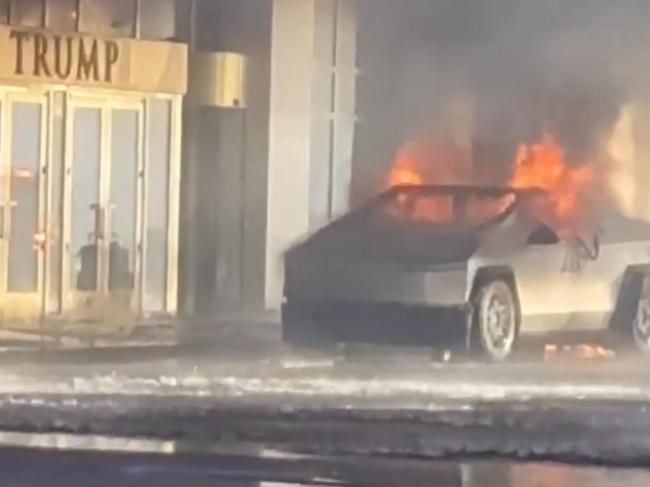
But terrorism experts were called in anyway, focusing in particular on two facts they feared could be more than a coincidence.
The Cybertruck and Jabbar’s Ford were both rented through the online platform Turo. And Livelsberger was also a veteran who had served at the same military base as Jabbar and in Afghanistan at the same time.
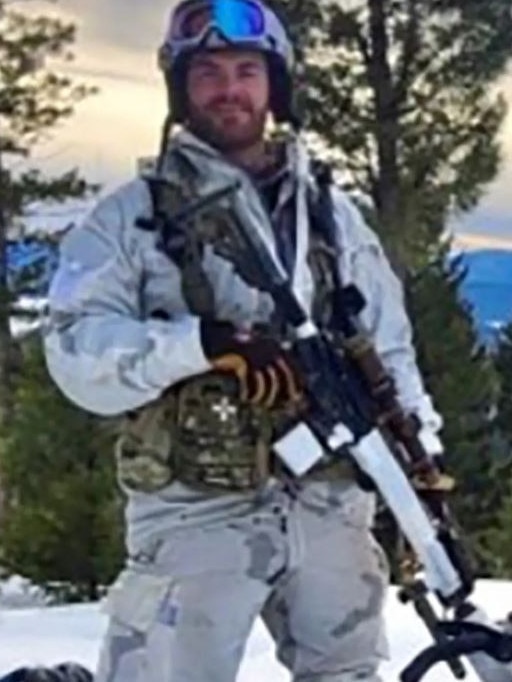
Authorities were not immediately sure if they crossed paths.
A day later, FBI counter-terrorism deputy assistant director Christopher Raia said no definitive connection had emerged. Before the Cybertruck exploded, Livelsberger shot himself in the head. Mr Raia added there was no evidence in Jabbar’s digital footprint or from interviews with his associates “that he was aided in this attack by anyone”.
Rather than the tip of the spear in a new wave of ISIS-inspired violence, Jabbar appeared to be a crazed lone wolf. According to US President Joe Biden, he recorded several videos prior to his attack, which ended in a firefight with police in which he was killed.
Mr Biden said he indicated he was inspired by Islamic State. CNN produced more details, reporting that Jabbar spoke of dreams he had about joining the death cult, and that his plot in New Orleans only came about after he ditched a separate plan to kill his family in Texas.
The 42-year-old was reeling from two broken marriages, complaining in court filings for his second divorce in 2022 that he had run up thousands of dollars in credit card debts and his real estate business was haemorrhaging money.
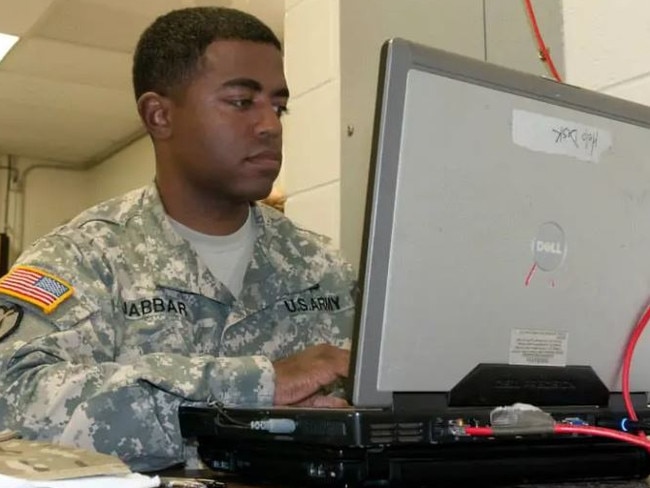
Dwayne Marsh, Jabbar’s second wife’s new husband, told The New York Times he was recently “being all crazy”, so much so that they refused to let him see his two daughters.
Jabbar’s brother Abdur said while he converted to Islam at a young age, his actions did not “represent Islam”.
“This is more some type of radicalisation, not religion,” he declared.
At a chaotic press conference 12 hours after the attack, Louisiana Senator John Kennedy intimated federal authorities made mistakes which allowed Jabbar to unleash havoc.
The Republican pushed past Ms Duncan, the FBI agent, to tell reporters he would “raise fresh hell” if the government did not eventually “tell the truth” about what happened.
What exactly Senator Kennedy believed had gone wrong was left unsaid. But other prominent Republicans also unleashed on the FBI, claiming the bureau had been too distracted investigating Donald Trump to focus on its core business of stopping terrorists.
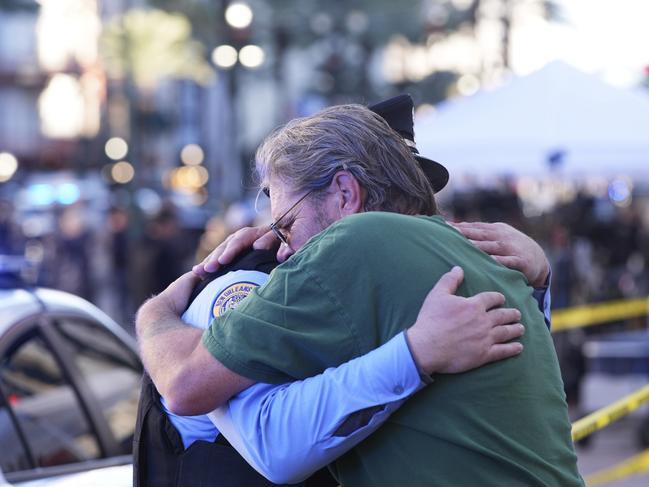
The President-elect himself leapt into the maelstrom by falsely suggesting Jabbar – who was born and raised in Texas – illegally immigrated to the US. He nevertheless doubled down the next day, bemoaning “a violent erosion of safety, national security and democracy” for which he blamed federal authorities, before adding: “TRUMP WAS RIGHT ABOUT EVERYTHING!”
Regardless of whether the FBI knew or should have known about Jabbar, it is clear officials in New Orleans failed the men and women happily partying on Bourbon St.
Police chief Anne Kirkpatrick said a squad car was used to block the thoroughfare, sounding surprised that Jabbar careened on to the footpath to bypass it and begin his rampage.
“We did indeed have a plan,” she said, “but the terrorist defeated it.”
So began the movie that so many families never wanted to see – and will long be replaying.
More Coverage
Originally published as New Orleans terror attack: The moment America’s luck ran out




